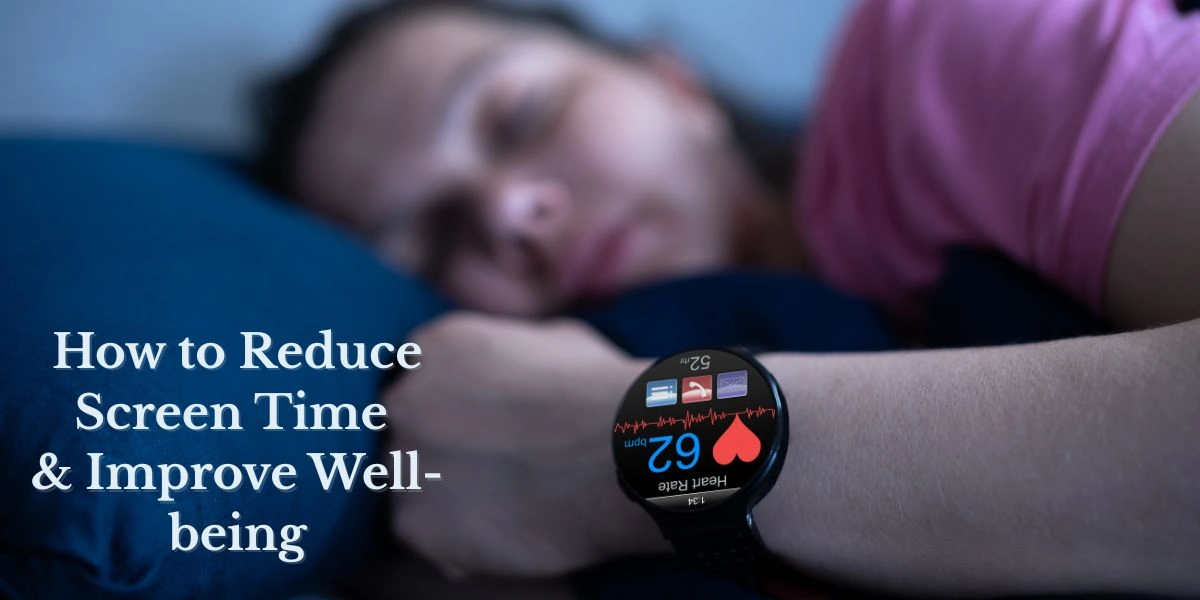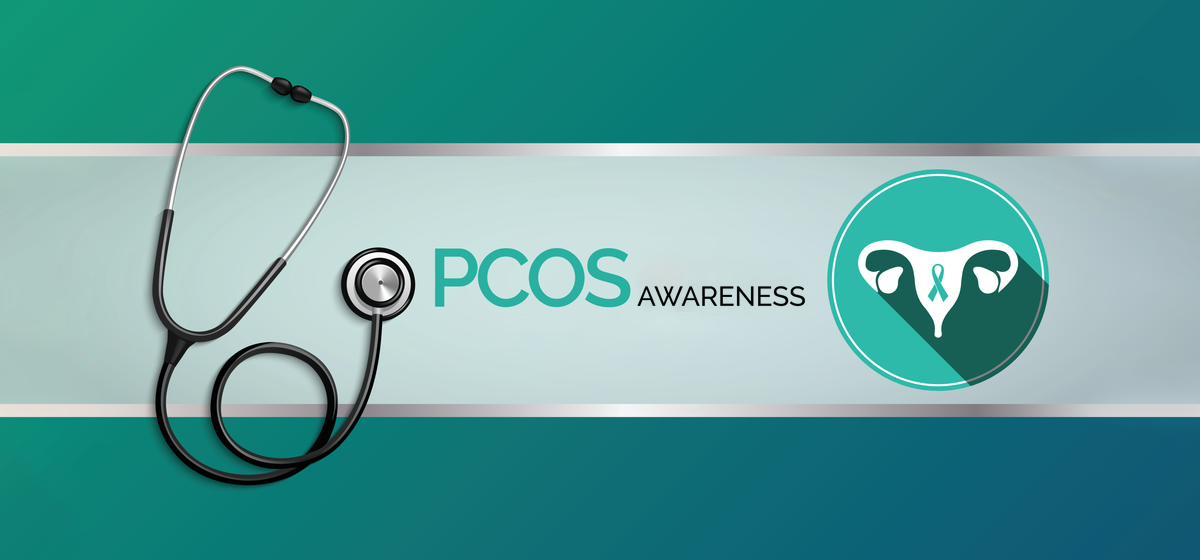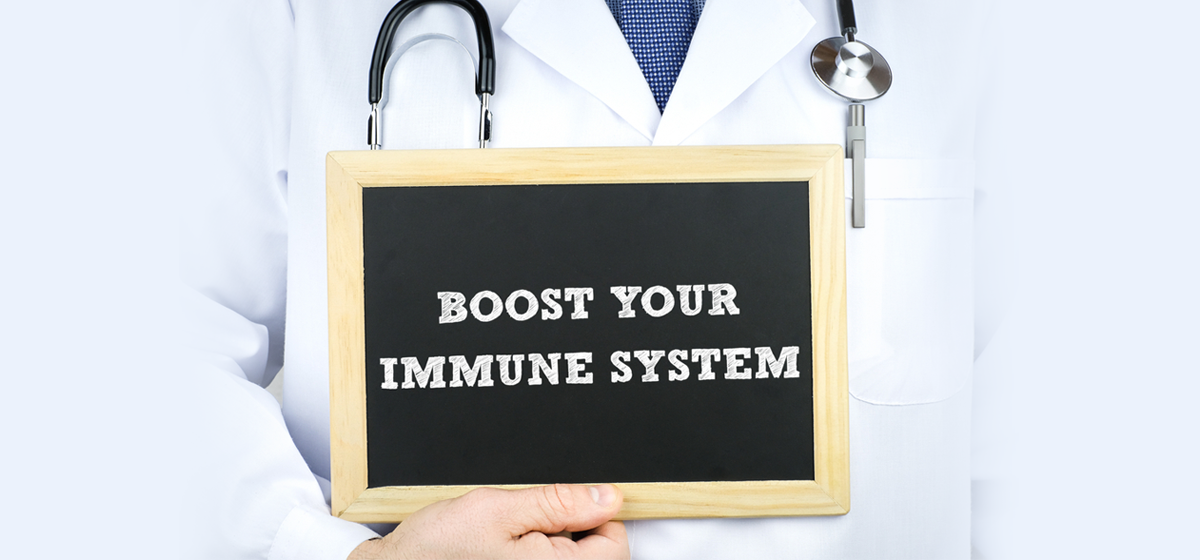Wearable health tech refers to smart devices you wear to track your health. These include fitness bands, smartwatches, smart rings, patches, and even smart clothing. These gadgets monitor things like heart rate, oxygen level, sleep, body temperature, and steps taken.Wearable technology in health care is helping people live healthier lives and allowing doctors to provide better care.
Why Are Wearable technology in health care So Popular?
Today, people prefer to stay healthy and steer clear of lengthy hospital visits. They look for simple ways to monitor their health and lifestyle. Wearable technology in health care offers instant health insights with just a tap. These gadgets are user-friendly, app-connected, and can be used anytime, anywhere.
Even doctors are now recommending them for home monitoring, especially for older people or patients with long-term diseases.
Common Uses of Wearable technology in health care
Here’s how wearable technology in health care is being used:
1. Heart Monitoring
Devices like smartwatches and chest straps monitor heart rate and alert users about irregular patterns, helping detect heart problems early.
2. Fitness & Step Tracking
Wearables count steps, track calories burned, and encourage movement. This helps users reach their fitness goals.
3. Blood Oxygen & Breathing
Smartwatches with SpO2 sensors show blood oxygen levels and help identify breathing issues, especially useful during flu or COVID-19.
4. Sleep Tracking
Devices record sleep patterns to check for insomnia or sleep apnea. Users can improve their sleep based on the insights.
5. Blood Sugar Monitoring
Smart patches or CGMs (Continuous Glucose Monitors) track sugar levels in diabetic patients without frequent finger pricks.
6. Stress & Mental Health
Some wearables measure stress levels based on heart rate and skin temperature and suggest breathing exercises.
7. Women’s Health
Devices help track menstrual cycles, ovulation, and pregnancy health data.

Benefits of Wearable Health Tech
1. Early Warning System
These devices catch warning signs of illness before it becomes serious. This leads to faster diagnosis and treatment.
2. Remote Monitoring
Doctors can monitor patients even when they’re at home. This is very useful for elderly or rural patients.
3. Better Personal Health Awareness
By seeing health data daily, users become more conscious of their habits, food, and fitness.
4. Lower Health Costs
Fewer hospital visits and early detection of disease mean less medical spending over time.
5. Support for Chronic Patients
Patients with diabetes, BP, or asthma can manage their condition better with regular alerts and data.
Wearable technology in health care is truly helping people take control of their health.
Long-Term Use: What Happens?
While wearable devices are helpful, there are some things to consider when used for a long time.
1. Mental Dependence
Users may get too attached to their data and feel anxious if a reading seems “off”—even when there’s no real issue. This is known as health anxiety.
2. Skin Reactions
Wearing smartwatches or patches all the time may cause skin irritation, rashes, or allergies, especially with sweat or sensitive skin.
3. Data Overload
Too much information can become confusing. Users may misinterpret the data and make wrong health choices.
4. Battery & Maintenance Issues
Long-term use means daily charging and app updates. If not done properly, devices may stop working or provide incorrect data.
5. Ignoring Medical Advice
Some users may skip doctor visits because they feel their wearable device is enough. But these devices are only tools—not medical experts.
Even though wearable technology in health care has huge benefits, it’s important to use it wisely.
Privacy and Safety Risks
1. Data Theft
Your health data is sensitive. If not protected well, it can be leaked or misused.
2. Hacking Risks
Smart devices that connect to Wi-Fi or smartphones are vulnerable to hacking, which can result in unauthorized access and misuse of sensitive health information.
3. Lack of Regulation
Many wearable devices lack official approval from health authorities, and their accuracy can differ significantly between brands.
Real-Life Impact in Hospitals
Hospitals now use wearable technology in health care for:
- Tracking heart patients after surgery
- Wearables help track oxygen and BP in COVID-19 patients at home, ensuring early alerts and fewer hospital visits.
- Checking blood sugar for diabetic patients
- Keeping track of elderly patients’ movement or falls
Doctors say these tools help them understand patient behavior outside the hospital in real life.
Future of Wearable Health Tech
The future of wearable technology in health care is full of innovation. We may soon see:
- Smart glasses that monitor eyes and alert for vision problems
- Sweat-based trackers that detect hydration and nutrients
- Clothes that track muscle movement and posture
- AI-powered devices that suggest personalized health tips
This will make health monitoring even easier and smarter.
Tips for Smart Use
To get the most from your wearable device:
- Choose certified and reviewed brands
- Always charge and clean your device
- Update the app for better results
- Share health data with your doctor regularly
- Use the data for awareness, not panic
- Take breaks from wearables if skin gets irritated
Remember, wearable technology in health care is a partner—not a doctor.
Final Thoughts
Wearable technology in health care is growing fast. It helps us track health, stay fit, and live smarter. It’s useful for both healthy people and patients. But we should also be aware of its long-term effects and use it with care.
Like all technology, the key is balance. Use it to stay informed, not obsessed.





